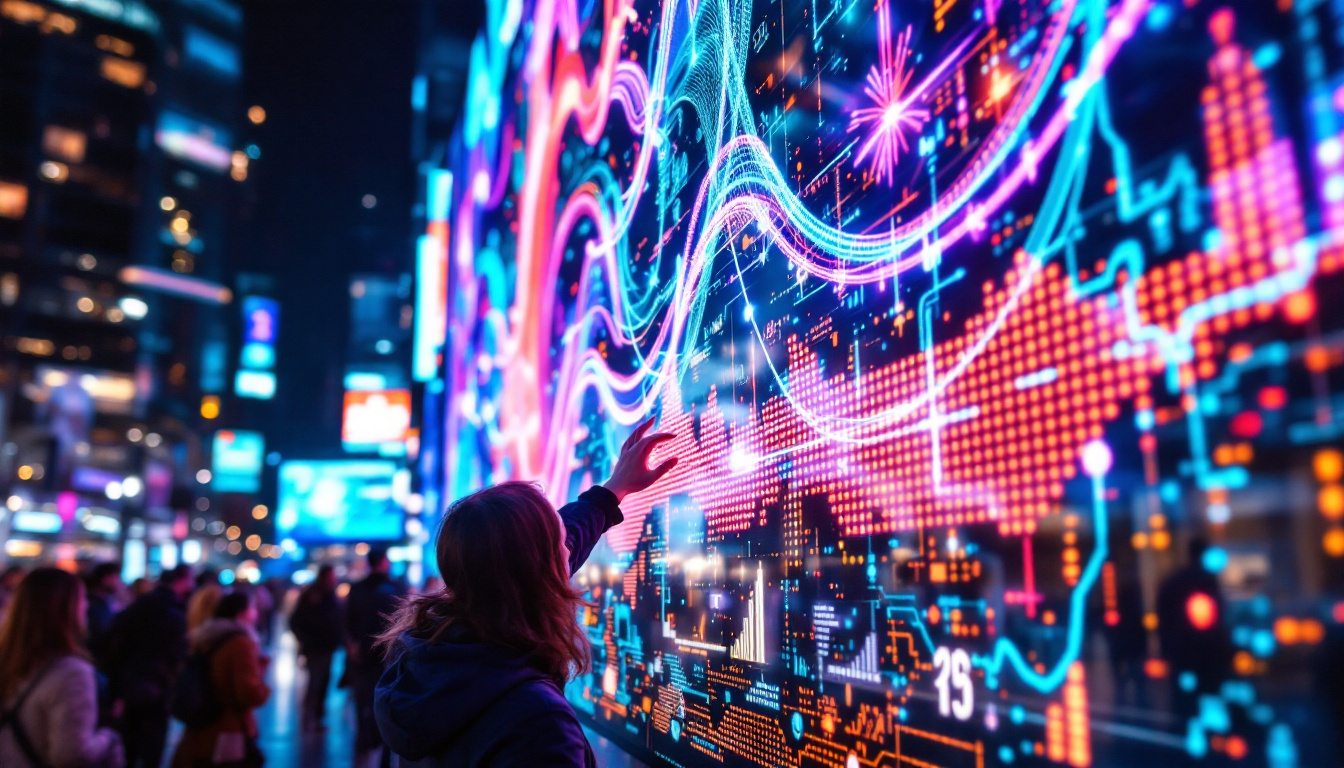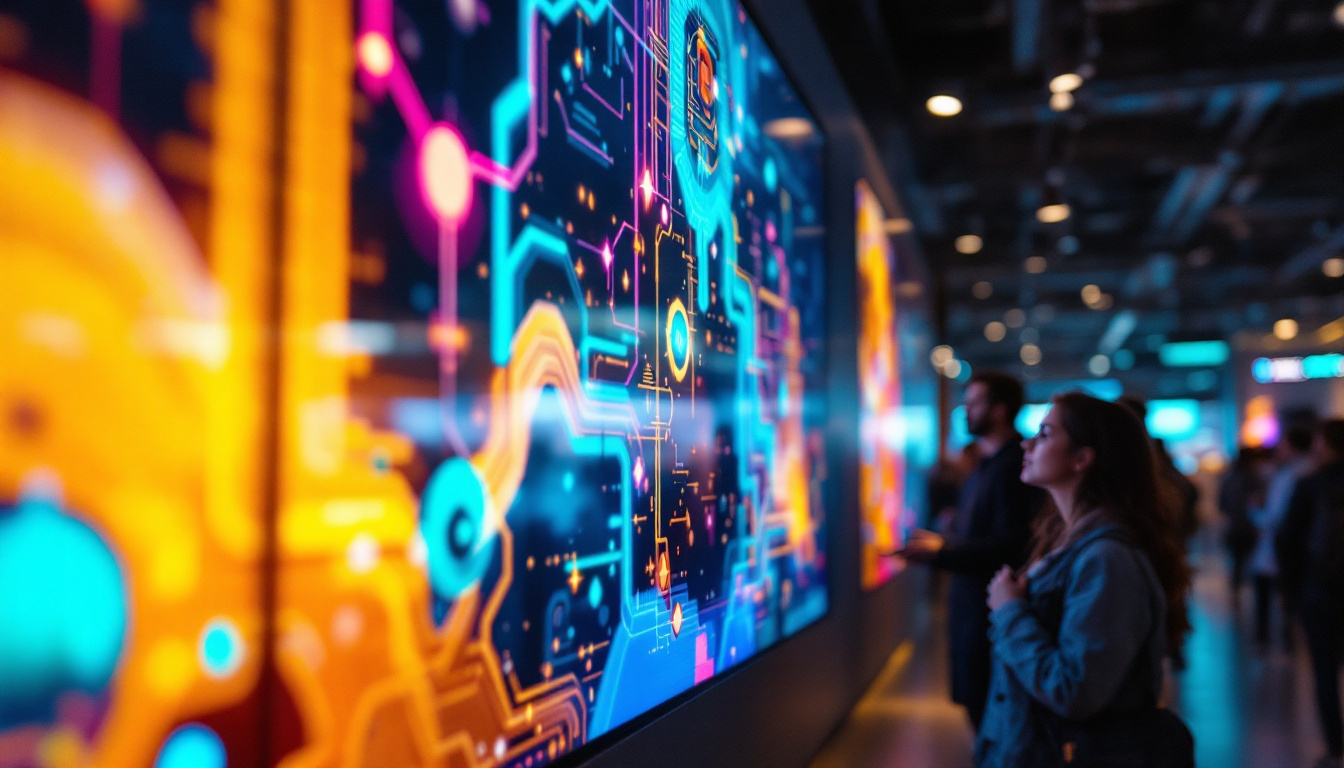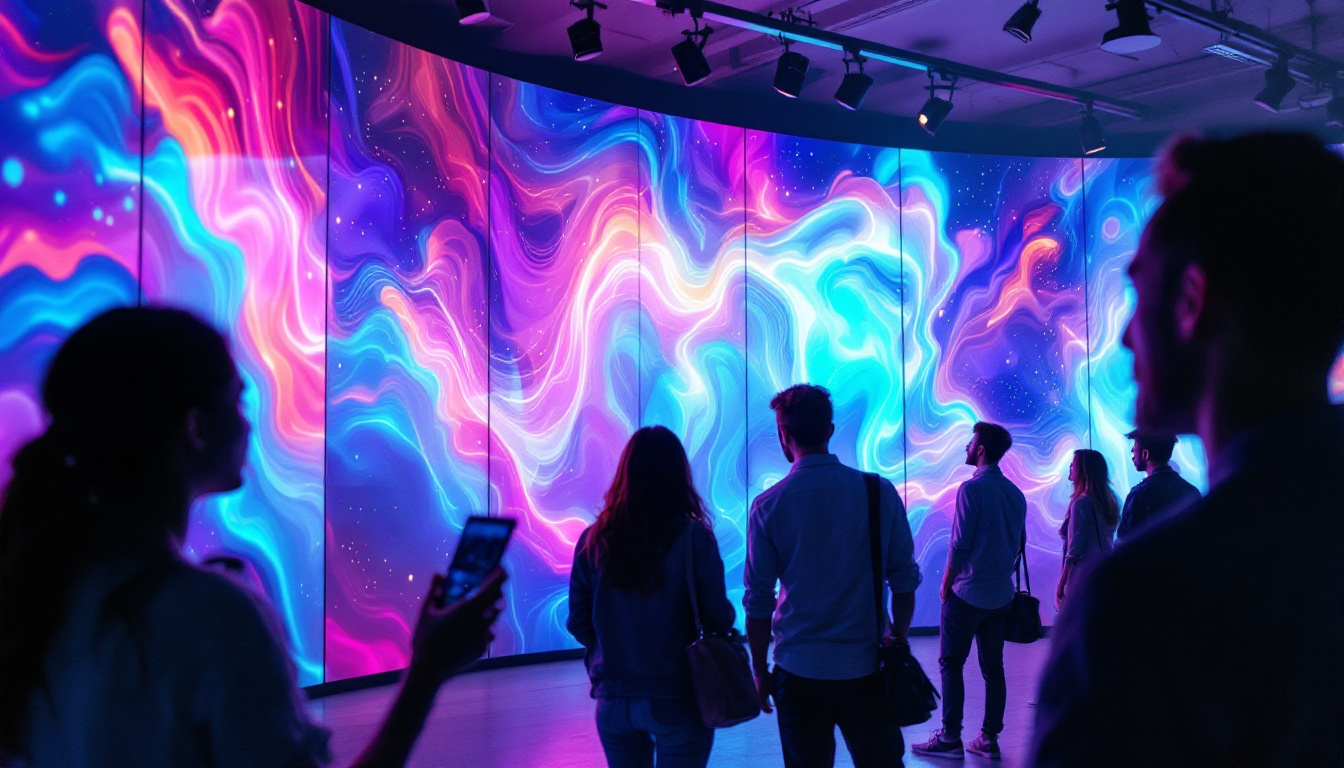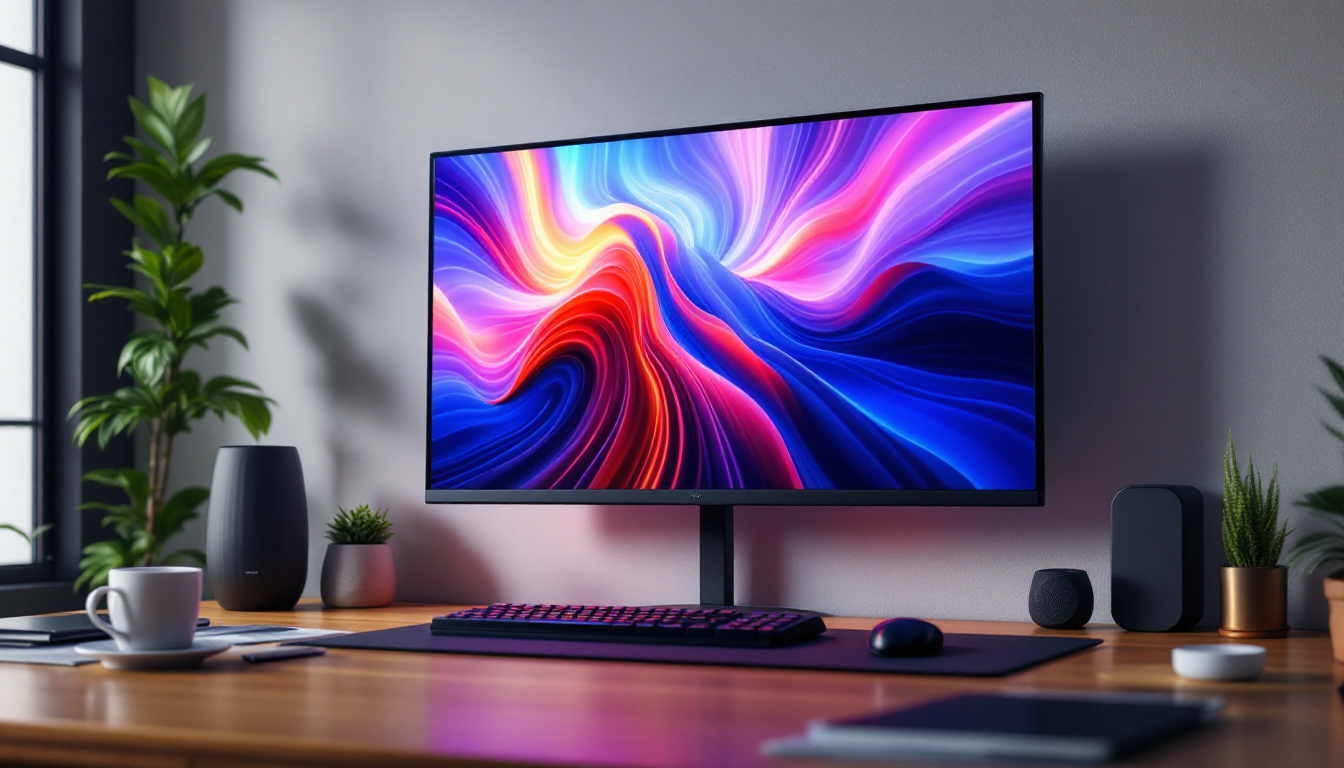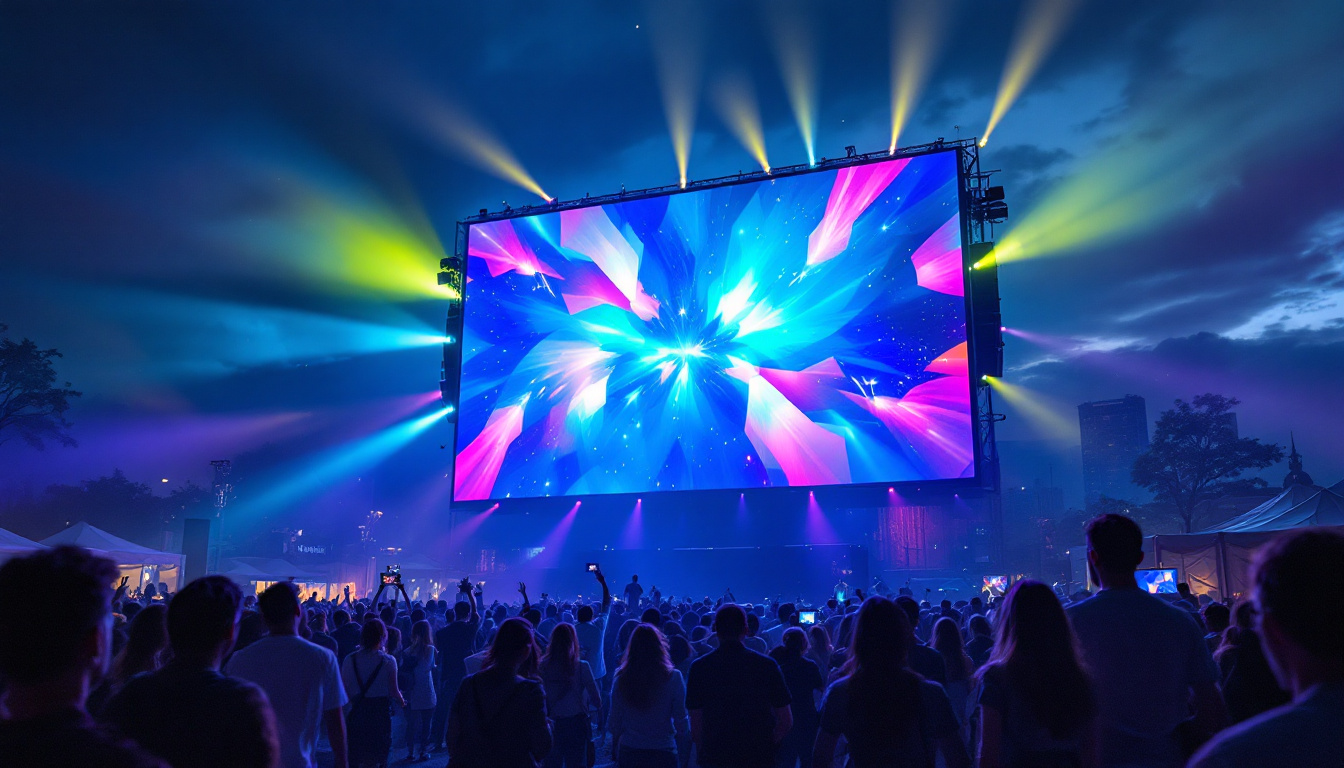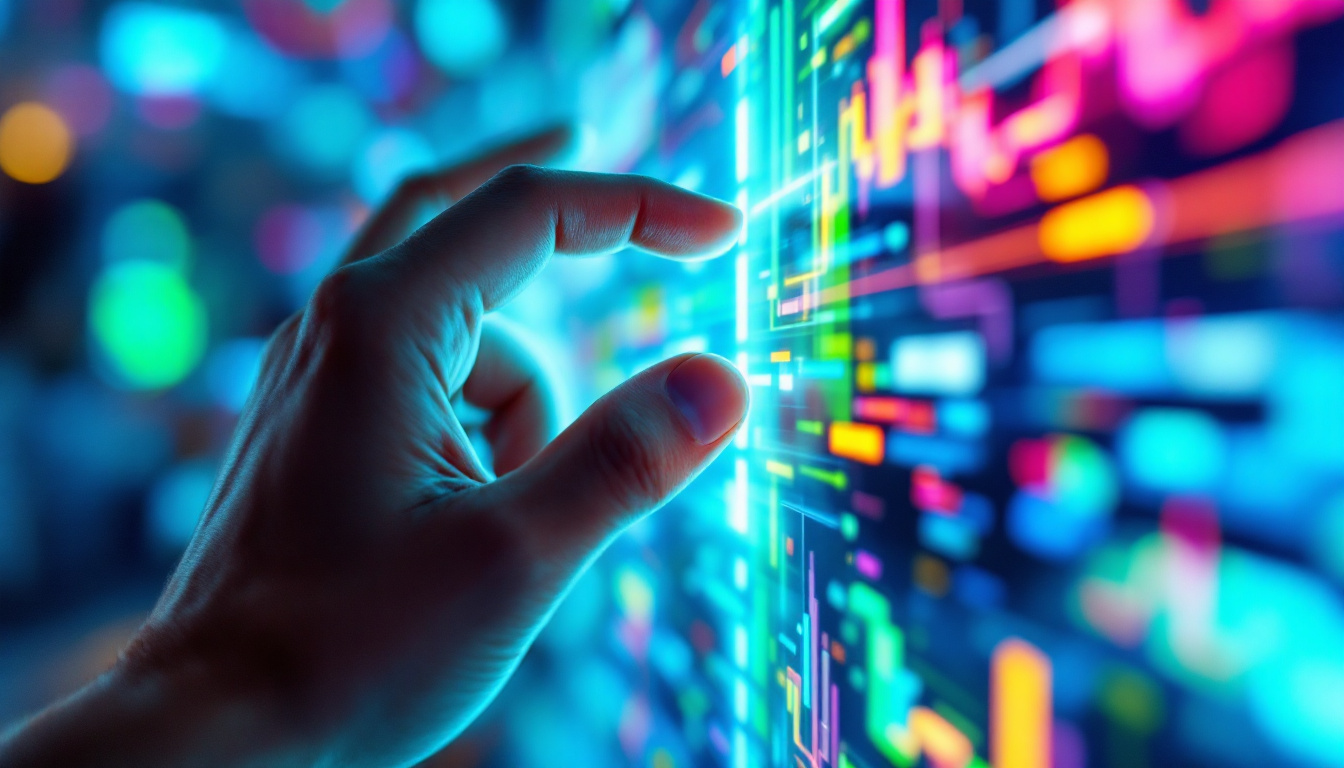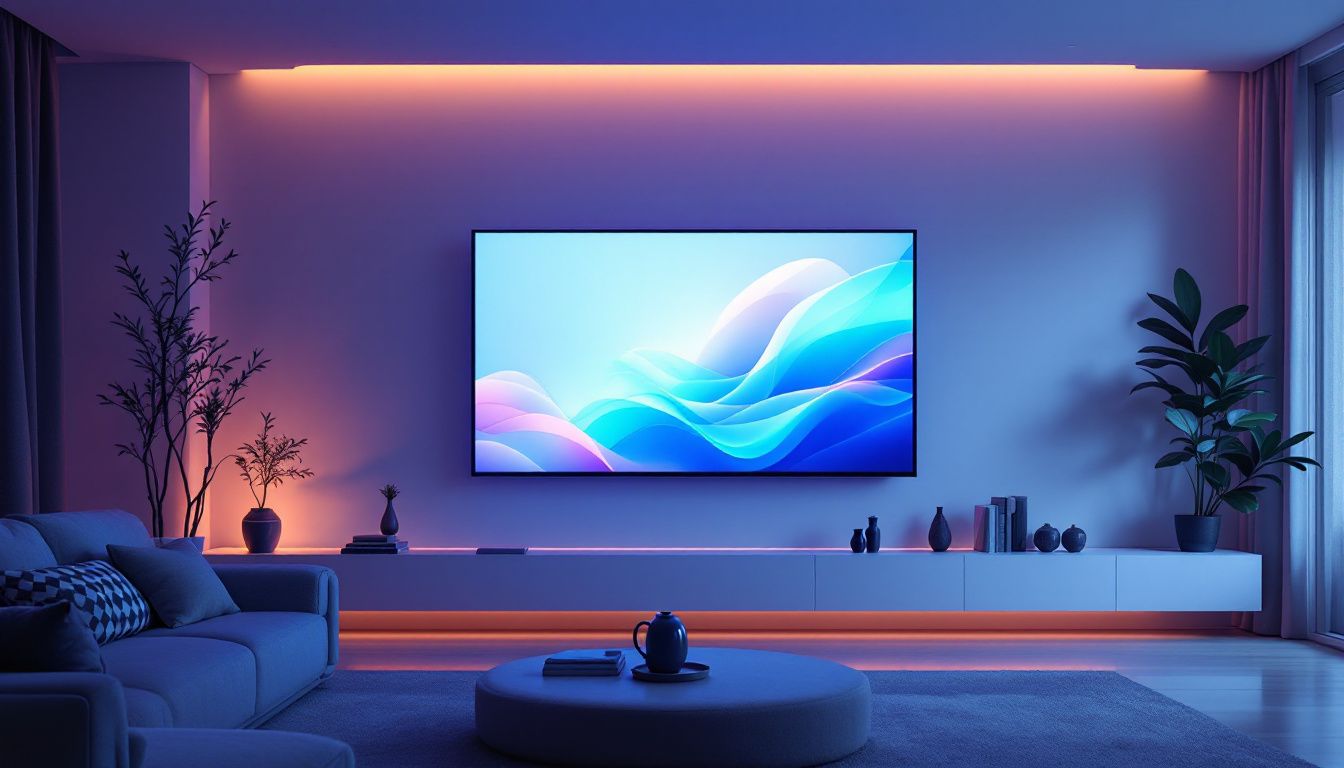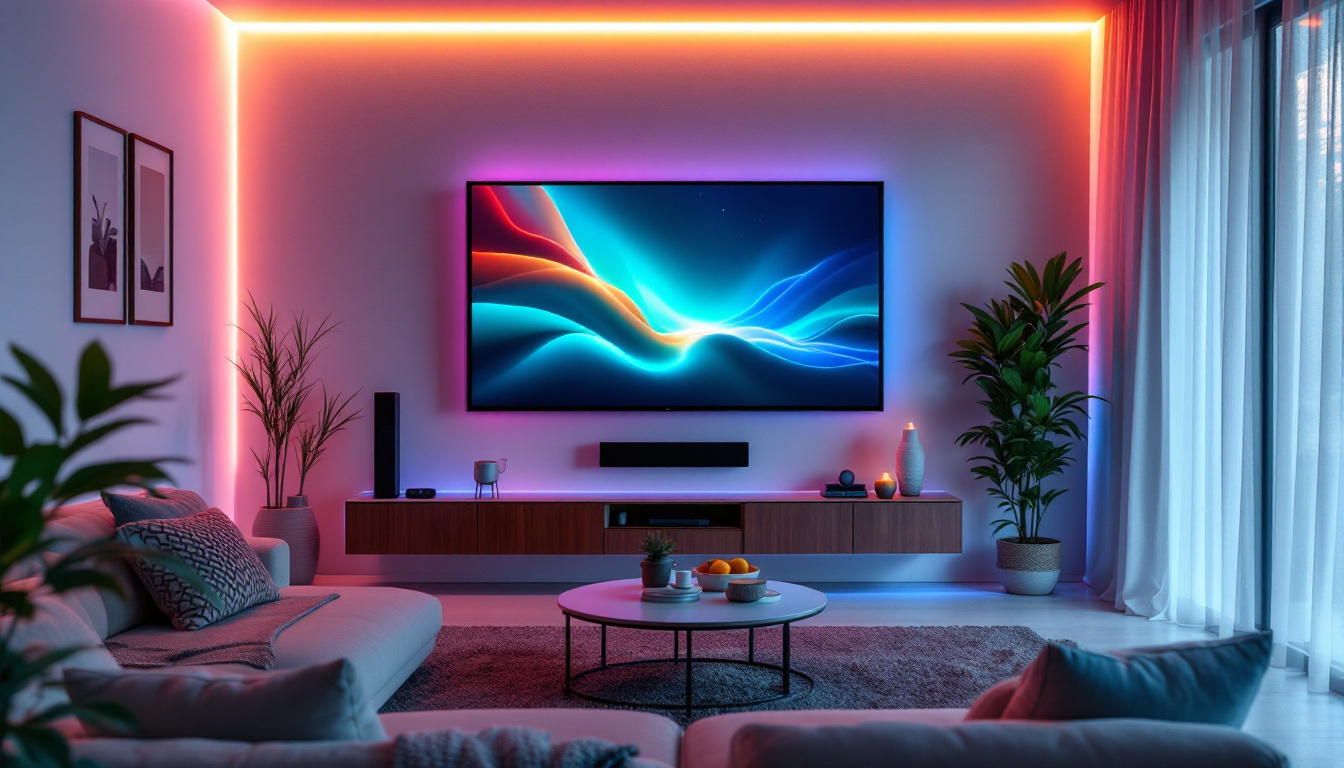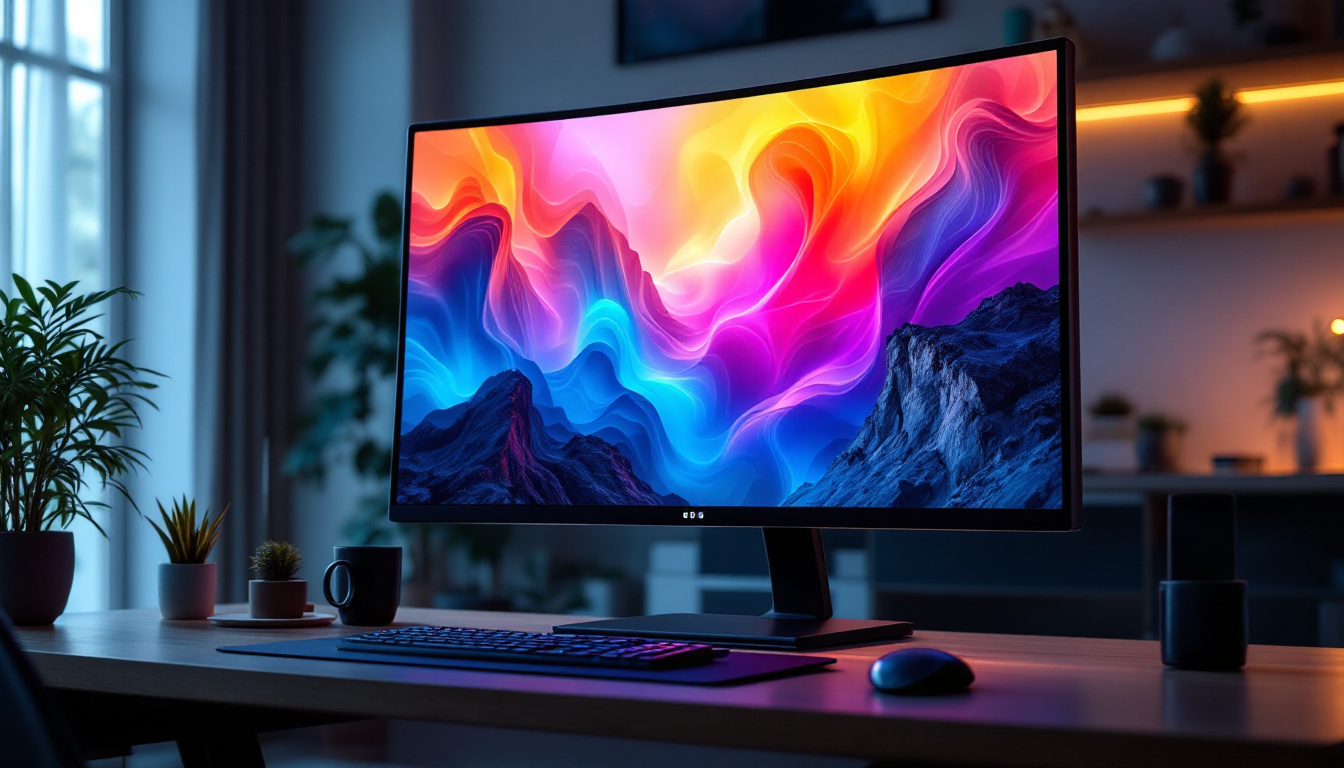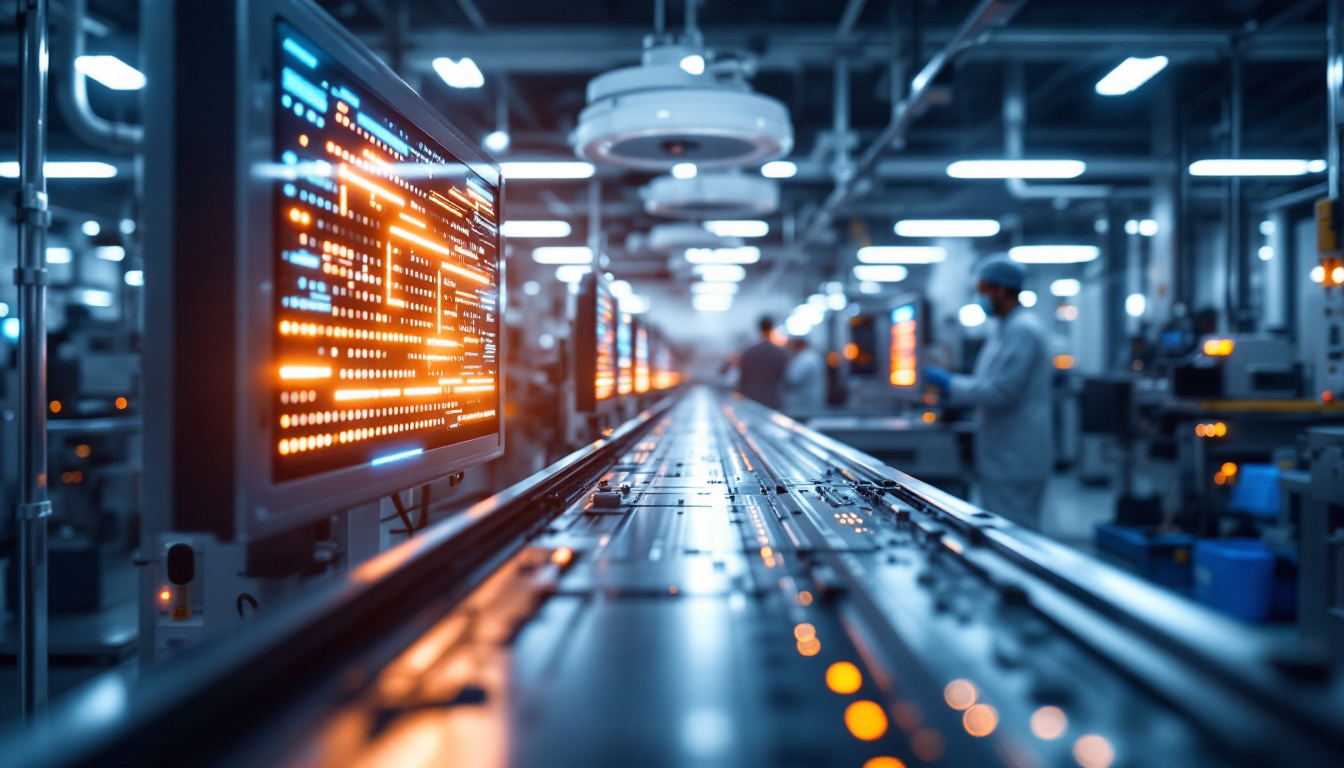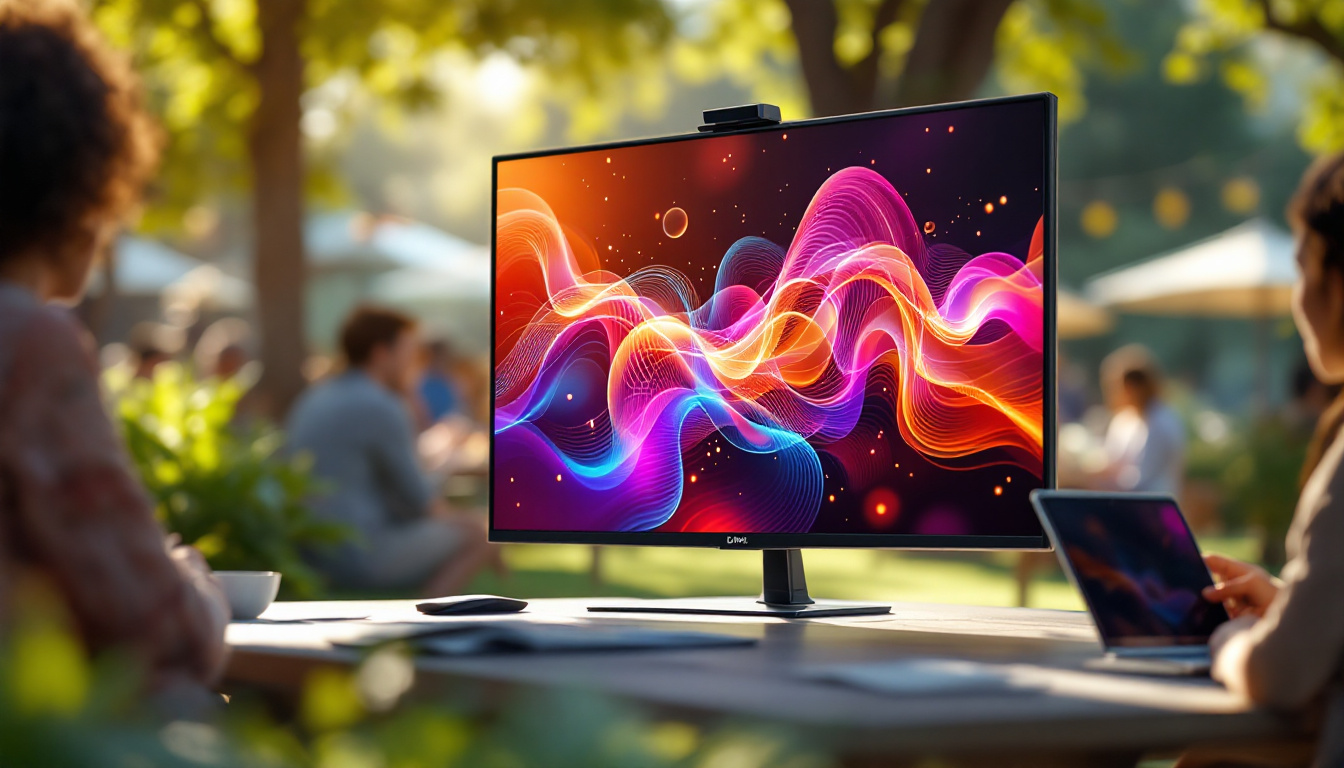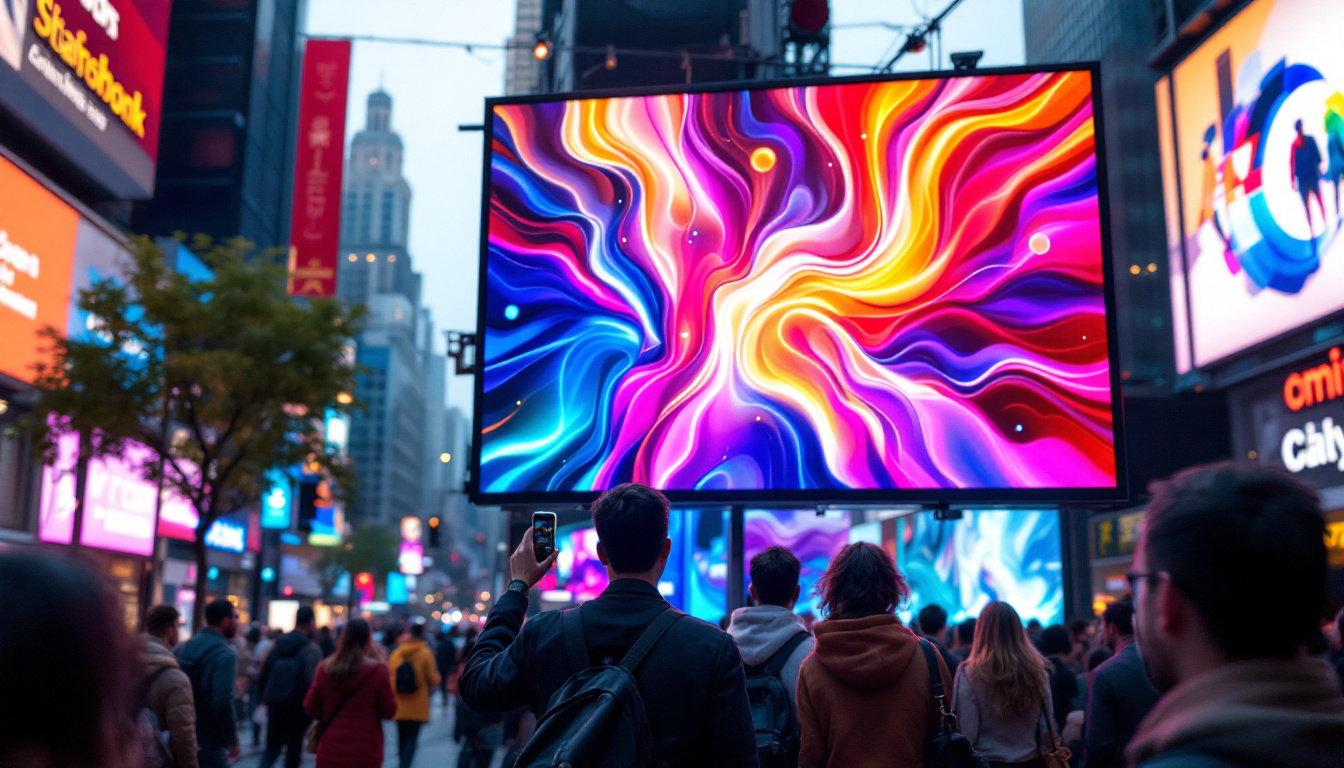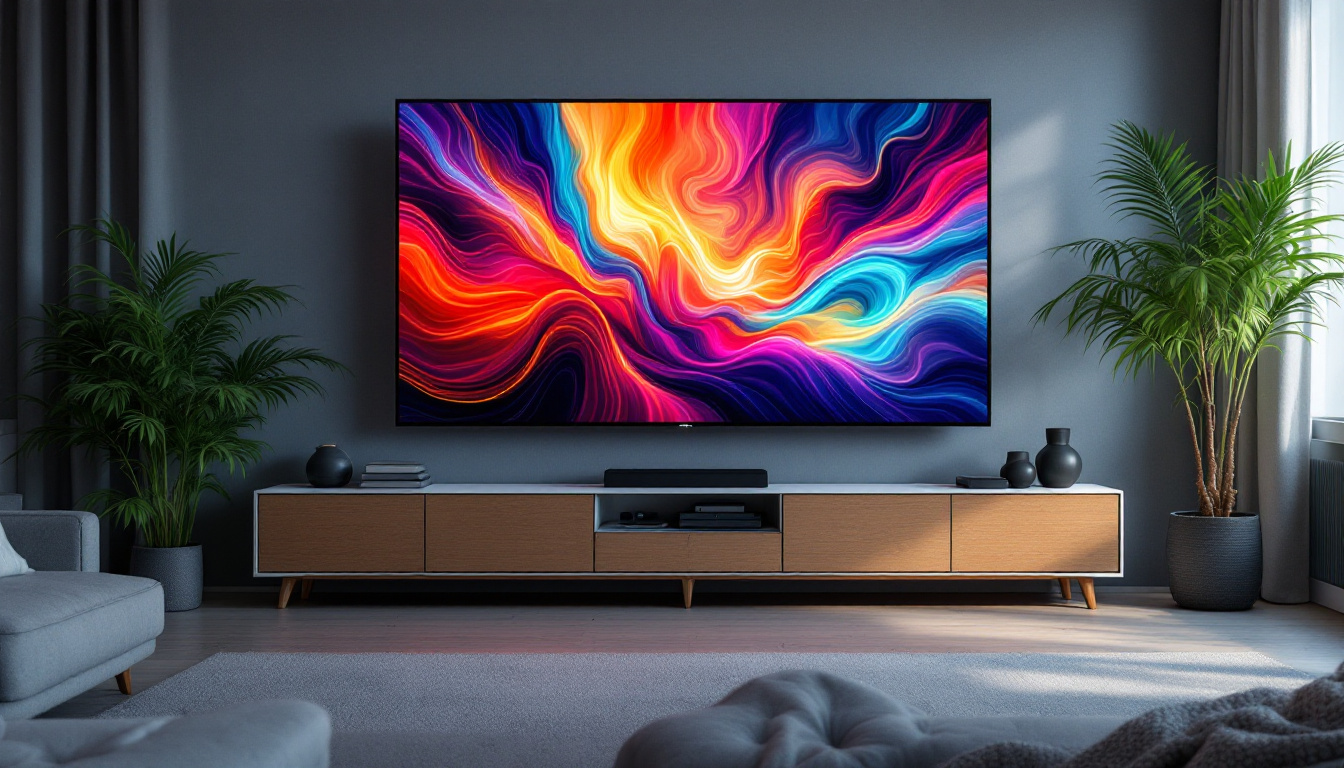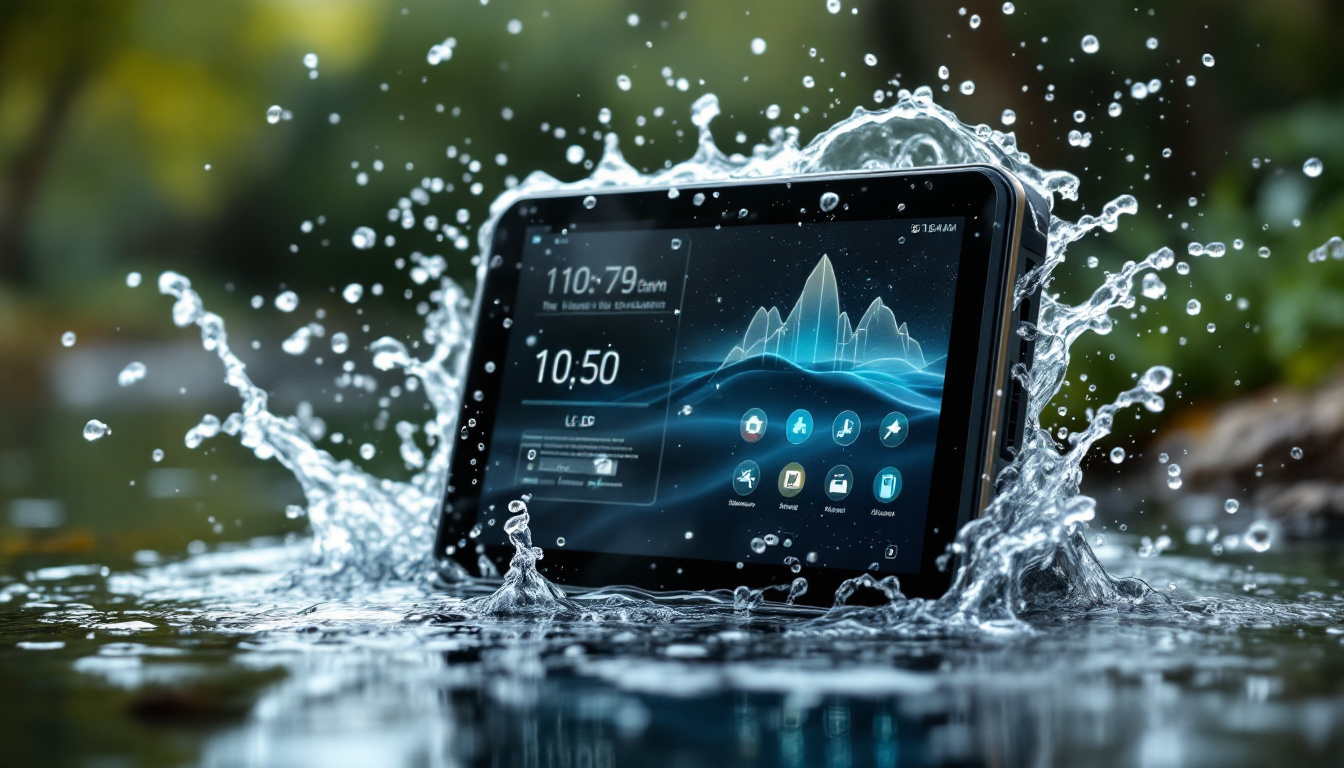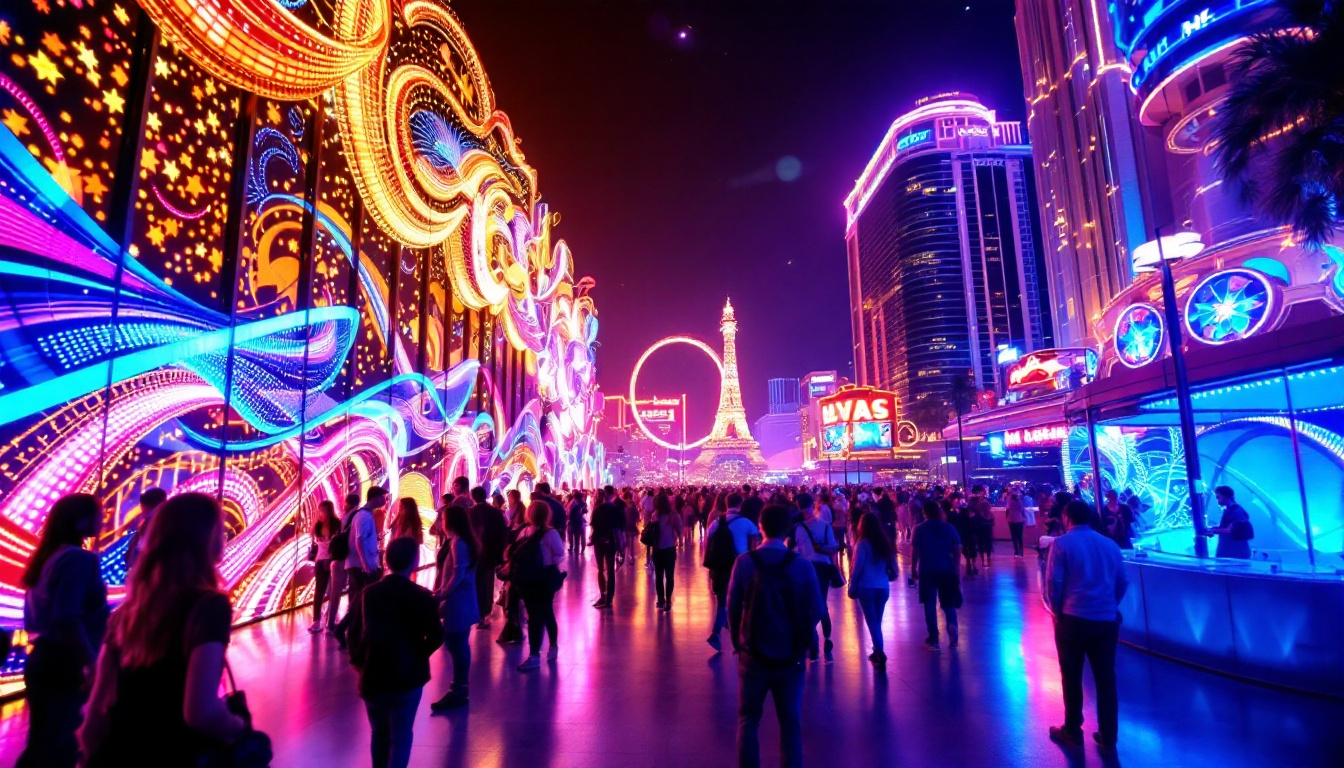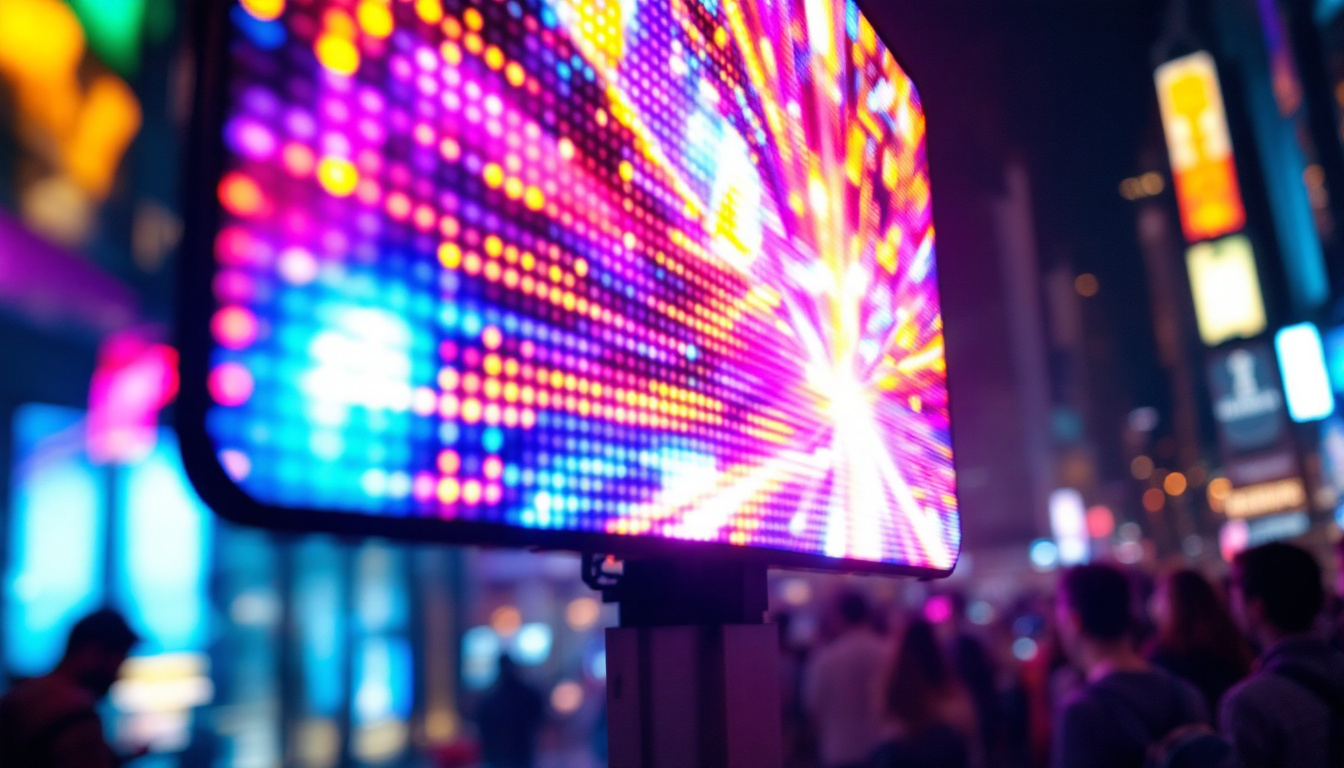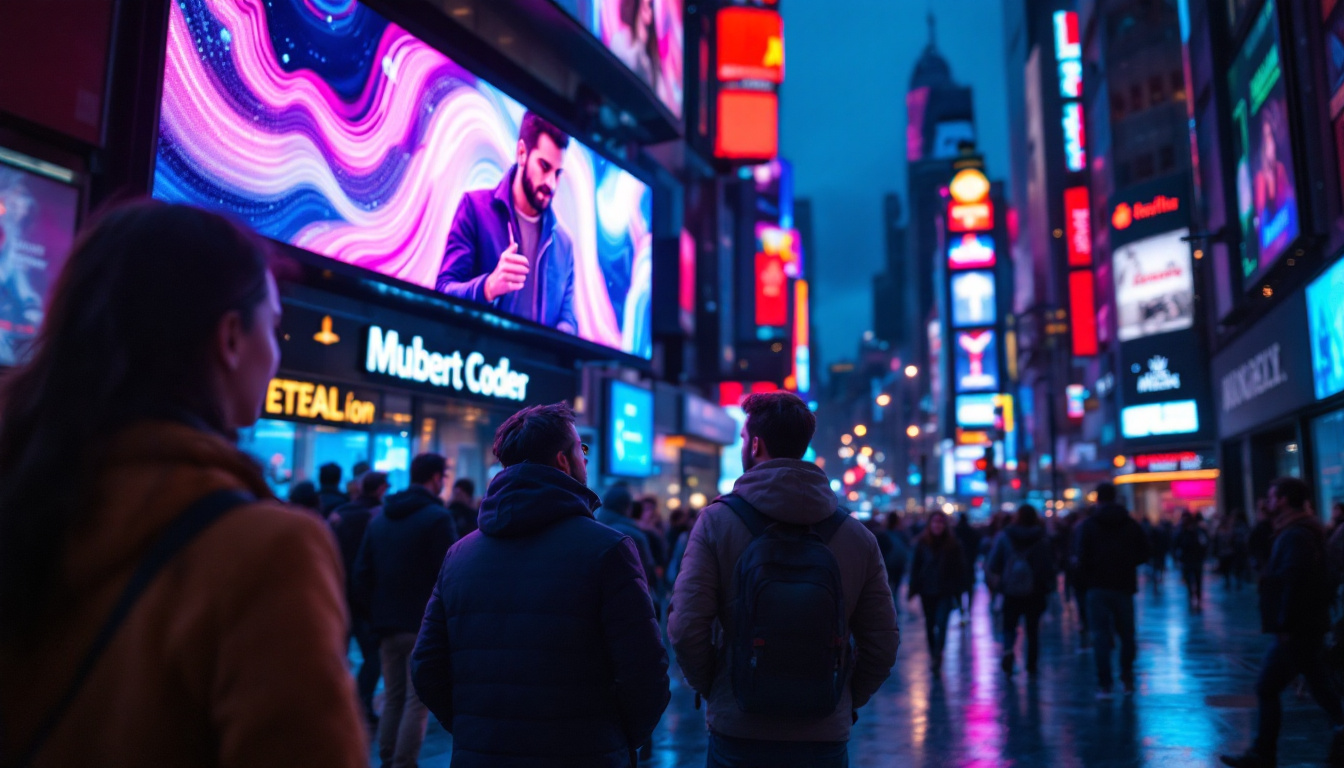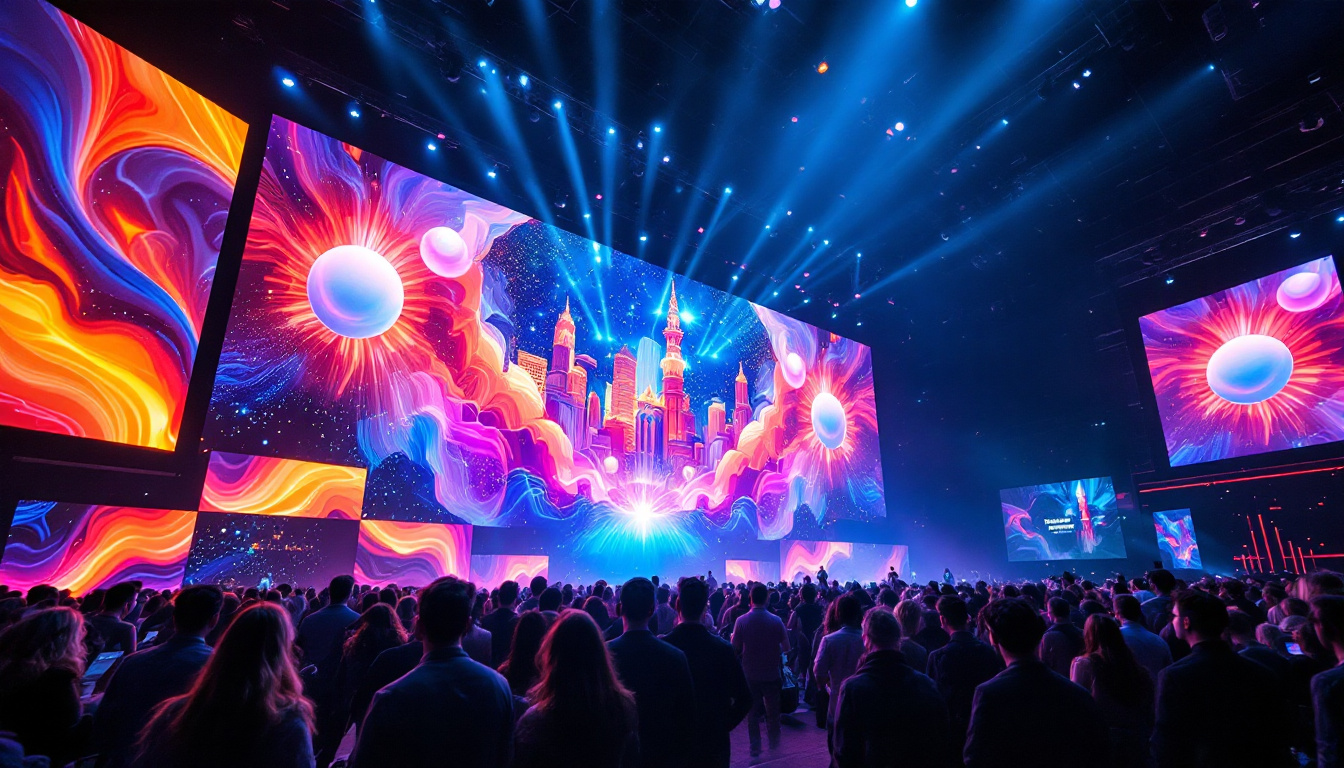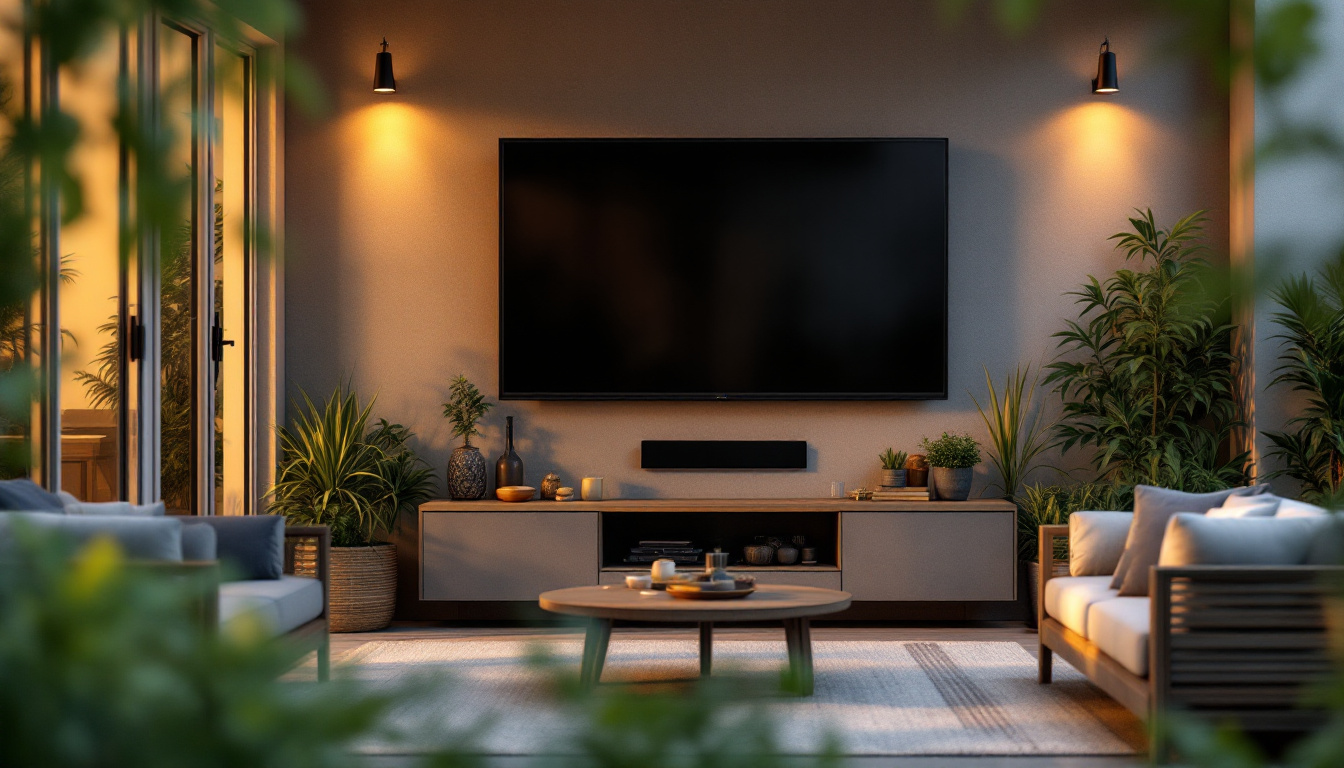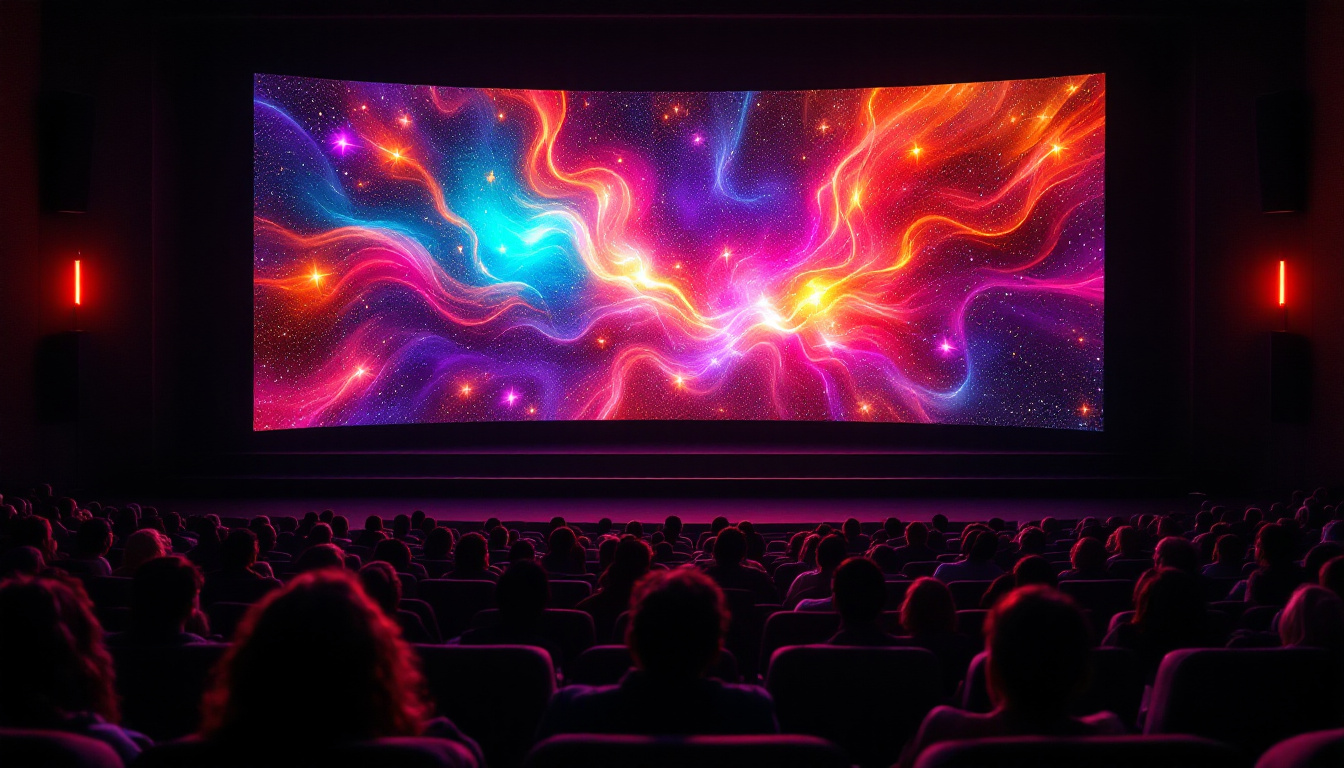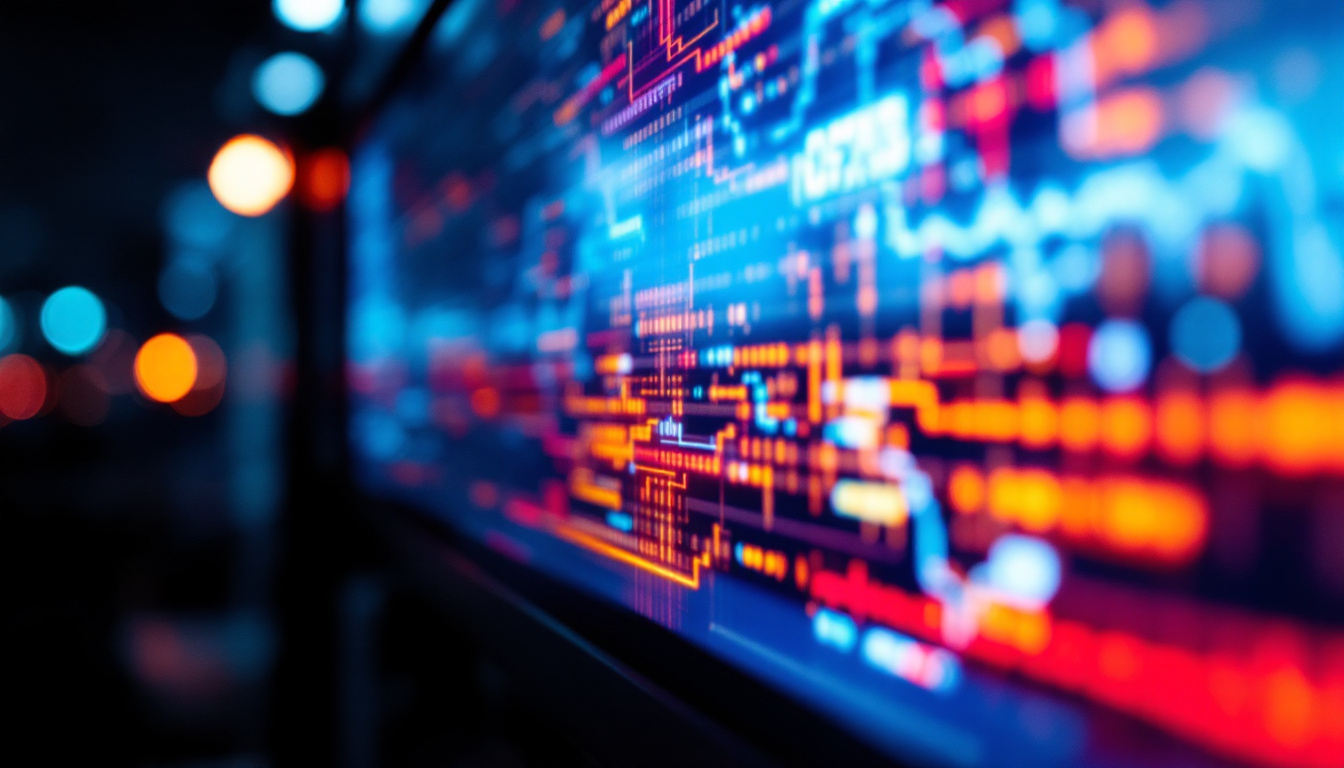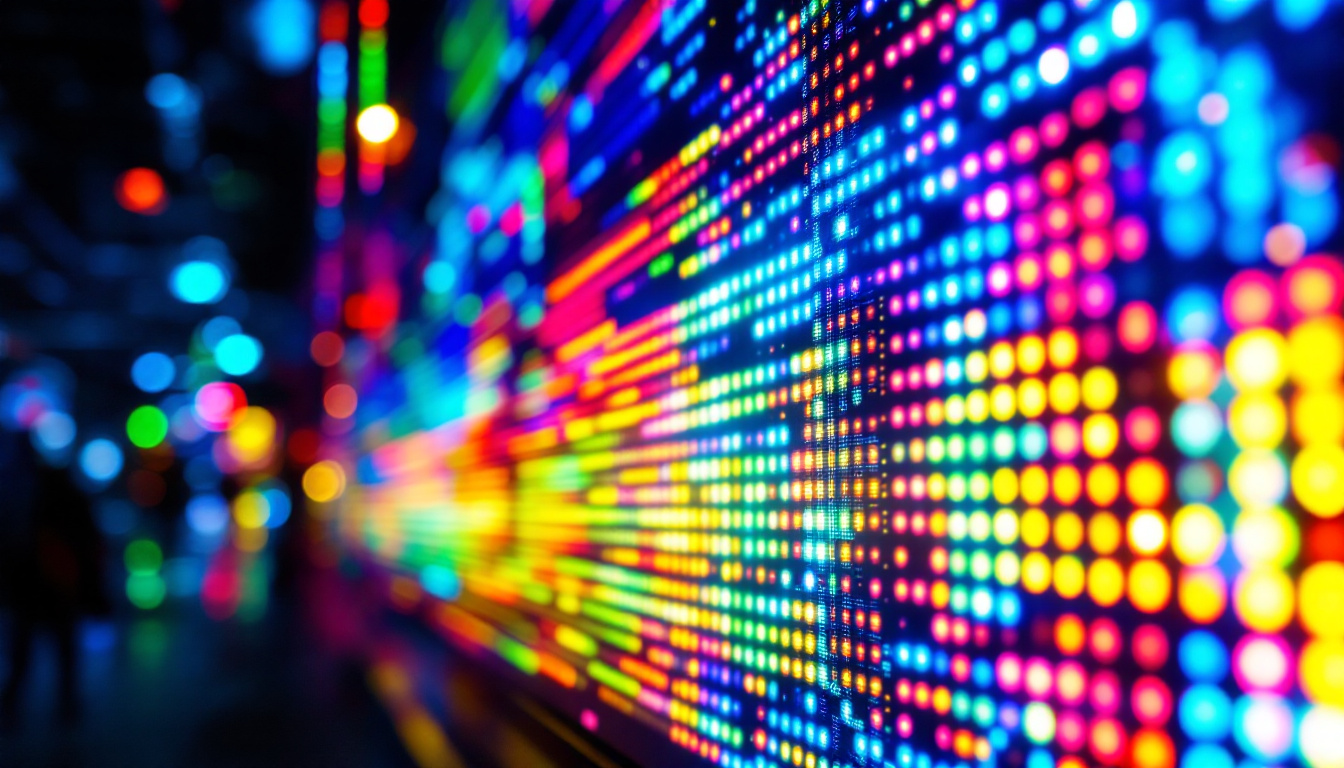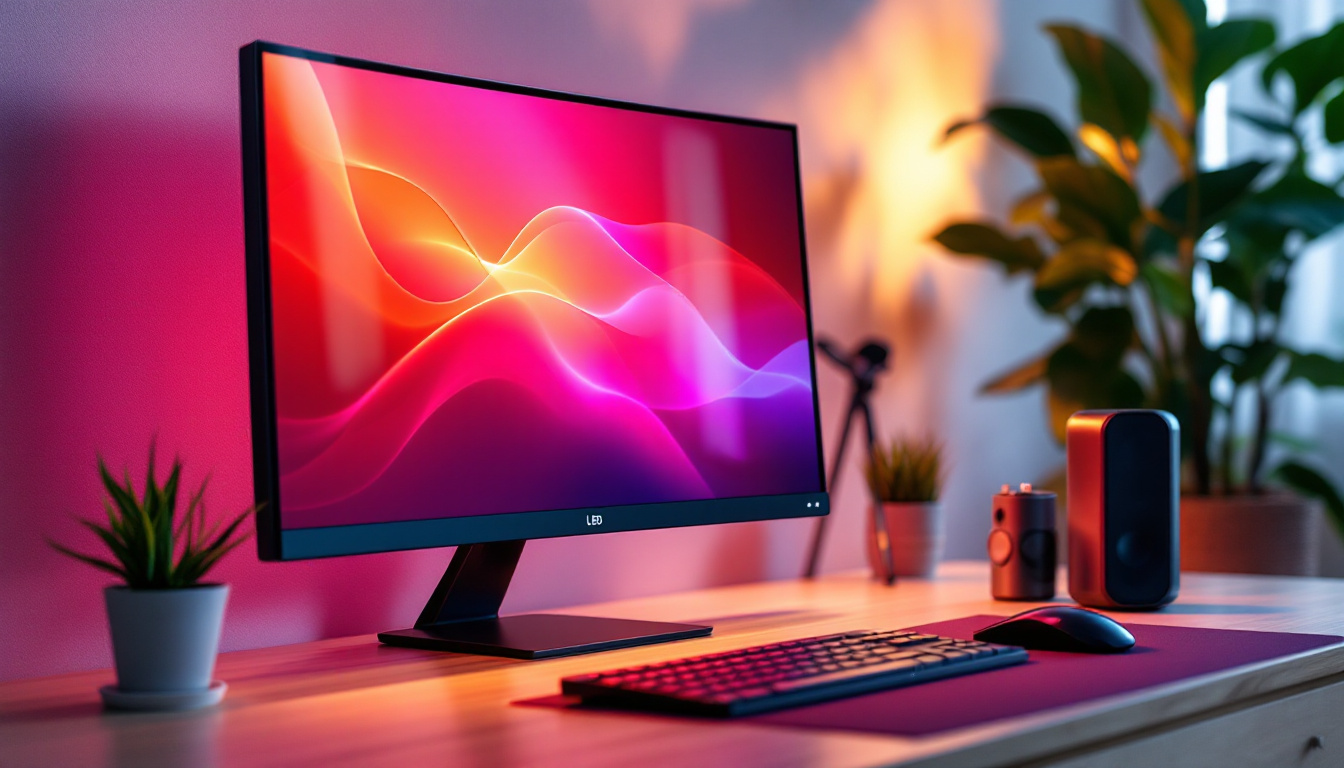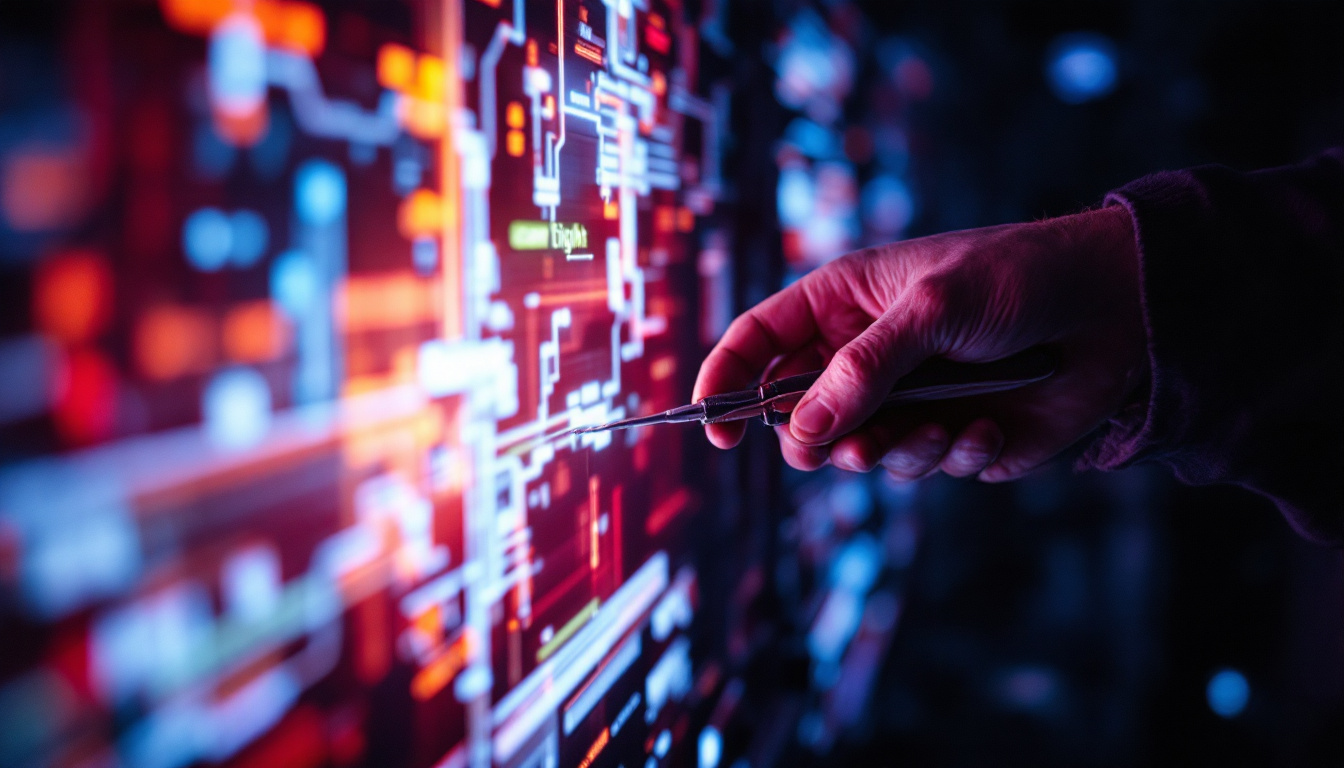In the realm of modern technology, LED displays have emerged as a pivotal element in various industries, from advertising to entertainment. This article delves into the intricacies of LED displays, exploring their functionality, advantages, and applications. Douglas Moss, a prominent figure in the field, provides insights that illuminate the significance of this technology in today’s digital landscape.
Understanding LED Technology
Light Emitting Diodes (LEDs) are semiconductor devices that emit light when an electric current passes through them. Unlike traditional incandescent bulbs, which generate light through heat, LEDs produce illumination through electroluminescence. This fundamental difference in operation leads to numerous advantages, making LEDs a preferred choice for display technology. The efficiency of LEDs not only reduces energy consumption but also contributes to a longer lifespan, often exceeding 25,000 hours of use, which is significantly longer than that of incandescent or fluorescent bulbs.
The Basics of LED Operation
At the core of an LED display are tiny diodes that emit light in various colors. These diodes are arranged in a matrix format to create images and videos. When electricity flows through the diodes, they emit light in a specific wavelength, which corresponds to a particular color. By combining different colored LEDs—typically red, green, and blue (RGB)—a full spectrum of colors can be produced. This RGB combination allows for vibrant and dynamic displays, capable of showcasing intricate visuals. Additionally, the ability to control the intensity of each color channel enables the creation of stunning gradients and a wide range of brightness levels, enhancing the overall viewing experience.
Types of LED Displays
LED displays come in various types, each tailored for specific applications. The most common types include:
- Indoor LED Displays: These are designed for use in enclosed spaces, such as shopping malls, conference rooms, and theaters. They typically offer high resolution and brightness, making them ideal for detailed visuals. Indoor displays often feature advanced technologies such as high refresh rates, which are essential for smooth video playback, particularly in environments where fast-moving images are common.
- Outdoor LED Displays: Built to withstand harsh weather conditions, outdoor displays are often used for billboards, stadiums, and public events. They are engineered for high brightness and durability, ensuring visibility even in direct sunlight. Many outdoor displays also incorporate protective features such as waterproofing and dust resistance, which extend their operational life and maintain performance in challenging environments.
- Transparent LED Displays: These innovative displays allow for visibility through the screen, making them suitable for retail environments where product visibility is crucial. Transparent LEDs can create eye-catching advertisements while still allowing customers to see the products behind them, merging functionality with aesthetics. This technology opens up new possibilities for creative marketing strategies, enabling businesses to engage customers in unique ways.
Advantages of LED Displays
LED displays offer a multitude of benefits that contribute to their widespread adoption across various sectors. Understanding these advantages can help businesses make informed decisions when considering display technology.
Energy Efficiency
One of the most significant advantages of LED displays is their energy efficiency. Compared to traditional display technologies, such as LCD or plasma, LEDs consume considerably less power. This efficiency not only reduces operational costs but also minimizes the environmental impact, making LEDs a sustainable choice for businesses. Furthermore, many LED displays come equipped with smart technology that allows for adaptive brightness adjustments based on ambient light conditions, further optimizing energy consumption and extending the lifespan of the display.
Longevity and Durability
LEDs have a remarkably long lifespan, often exceeding 50,000 hours of use. This longevity translates to lower maintenance costs and less frequent replacements. Additionally, LED displays are more robust and resistant to shock and vibration, making them suitable for a variety of environments, from bustling city streets to high-traffic indoor venues. The construction of LED displays often includes weather-resistant materials, allowing them to withstand harsh outdoor conditions such as rain, snow, and extreme temperatures, which is a significant advantage for businesses looking to invest in long-term display solutions.
High Brightness and Contrast
LED displays are renowned for their brightness and contrast levels, which are essential for visibility in various lighting conditions. Outdoor displays, in particular, are designed to be seen even in direct sunlight, ensuring that advertisements and information are easily readable. The high contrast ratio also enhances the visual experience, making colors more vibrant and images sharper. This capability is particularly beneficial for industries such as retail and entertainment, where capturing the attention of passersby is crucial. Additionally, advancements in LED technology have led to the development of HDR (High Dynamic Range) displays, which further enhance color accuracy and depth, providing an immersive viewing experience that can elevate marketing campaigns and presentations to new heights.
Applications of LED Displays
The versatility of LED displays allows them to be utilized in a wide range of applications. From commercial advertising to artistic installations, the possibilities are virtually limitless.
Advertising and Marketing
In the advertising sector, LED displays have revolutionized how brands communicate with their audiences. Dynamic content, animations, and real-time updates can capture attention more effectively than static billboards. As a result, businesses can engage consumers in innovative ways, driving foot traffic and increasing brand awareness. Furthermore, the ability to customize messages based on time of day or audience demographics enables brands to tailor their marketing strategies, ensuring that the right message reaches the right people at the right time. This adaptability has made LED displays an essential tool for marketers looking to maximize their return on investment.
Entertainment and Events
LED displays play a crucial role in the entertainment industry, serving as the backbone for concerts, festivals, and live events. Large-scale LED screens are often used to display visuals, stage backdrops, and live feeds, creating an immersive experience for attendees. The ability to synchronize visuals with audio further enhances the overall impact of performances. Additionally, LED technology has opened new avenues for creativity, allowing artists and event organizers to experiment with interactive displays and augmented reality elements that captivate audiences in unprecedented ways. This evolution not only enriches the viewer’s experience but also sets a new standard for what can be achieved in live entertainment.
Corporate and Educational Use
In corporate environments, LED displays are utilized for presentations, meetings, and training sessions. Their clarity and brightness ensure that information is conveyed effectively, regardless of the audience size. Similarly, educational institutions have adopted LED technology for classrooms and auditoriums, facilitating interactive learning experiences. Beyond traditional uses, these displays can also serve as digital signage within campuses, providing real-time updates on schedules, events, and announcements. This integration of technology into educational settings not only enhances communication but also fosters a more engaging and collaborative atmosphere, encouraging students to participate actively in their learning journey. Moreover, the use of LED displays in corporate training can help in visualizing complex data and concepts, making it easier for employees to grasp essential information quickly and efficiently.
Future Trends in LED Display Technology
The landscape of LED display technology is continually evolving, with advancements that promise to enhance functionality and user experience. Several trends are shaping the future of this technology.
MicroLED Technology
MicroLED is an emerging technology that promises even greater resolution and efficiency than traditional LED displays. By using microscopic LEDs, this technology can achieve higher pixel density, resulting in sharper images and more vivid colors. MicroLED displays are also expected to be more energy-efficient, further solidifying the advantages of LED technology.
Flexible and Curved Displays
As design aesthetics become increasingly important, flexible and curved LED displays are gaining traction. These displays can be molded into various shapes, allowing for creative installations that enhance architectural features. This flexibility opens up new possibilities for advertising and artistic expression, enabling designers to think outside the box.
Integration with Smart Technology
The integration of LED displays with smart technology is another trend on the rise. With the advent of the Internet of Things (IoT), LED displays can now connect to various devices and systems, enabling real-time data sharing and interactivity. This connectivity allows for personalized content delivery, making displays more relevant to viewers.
Challenges Facing LED Display Technology
Despite the numerous advantages of LED displays, there are challenges that the industry must address to ensure continued growth and innovation.
Cost Considerations
While the price of LED technology has decreased over the years, initial investment costs can still be a barrier for some businesses. High-quality LED displays, particularly those designed for outdoor use, can require significant capital. Companies must weigh the long-term benefits against upfront expenses to make informed decisions.
Technological Limitations
While advancements in LED technology are promising, there are still limitations to consider. For instance, achieving true black levels can be challenging, as LEDs emit light even when they are turned off. This limitation affects the overall contrast ratio and may not meet the expectations of high-end users seeking exceptional visual quality.
Environmental Concerns
As with any technology, environmental concerns related to LED displays must be addressed. The production and disposal of electronic components can have ecological impacts. The industry is increasingly focusing on sustainable practices, such as recycling and using eco-friendly materials, to mitigate these effects.
Conclusion
LED displays have transformed the way information is conveyed and experienced across various sectors. With their energy efficiency, longevity, and versatility, they have become an integral part of modern communication and entertainment. As technology continues to advance, the future of LED displays looks promising, with innovations that will further enhance their capabilities and applications.
Douglas Moss’s insights into LED technology underscore its importance in the digital age. As businesses and consumers alike embrace this technology, understanding its intricacies will be crucial in harnessing its full potential. Whether in advertising, entertainment, or education, LED displays are set to play a pivotal role in shaping the future of visual communication.
Explore Cutting-Edge LED Display Solutions with LumenMatrix
As we embrace the transformative power of LED displays in various sectors, it’s clear that the future of visual communication is bright. If you’re looking to elevate your brand’s presence, captivate audiences, or create immersive experiences, LumenMatrix is your partner in innovation. With a comprehensive range of products from Indoor and Outdoor LED Wall Displays to Custom and All-in-One LED Display solutions, LumenMatrix is at the forefront of revolutionizing visual engagement. Don’t miss the opportunity to enhance your visual messaging. Check out LumenMatrix LED Display Solutions today and step into the future of digital signage.

